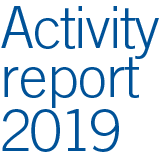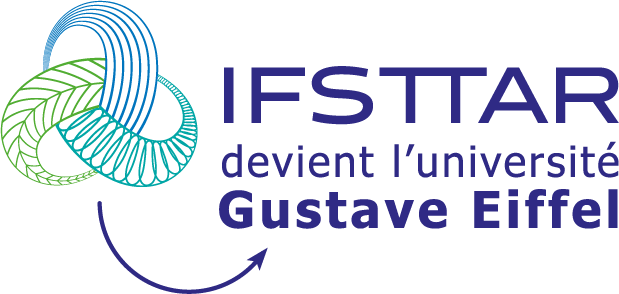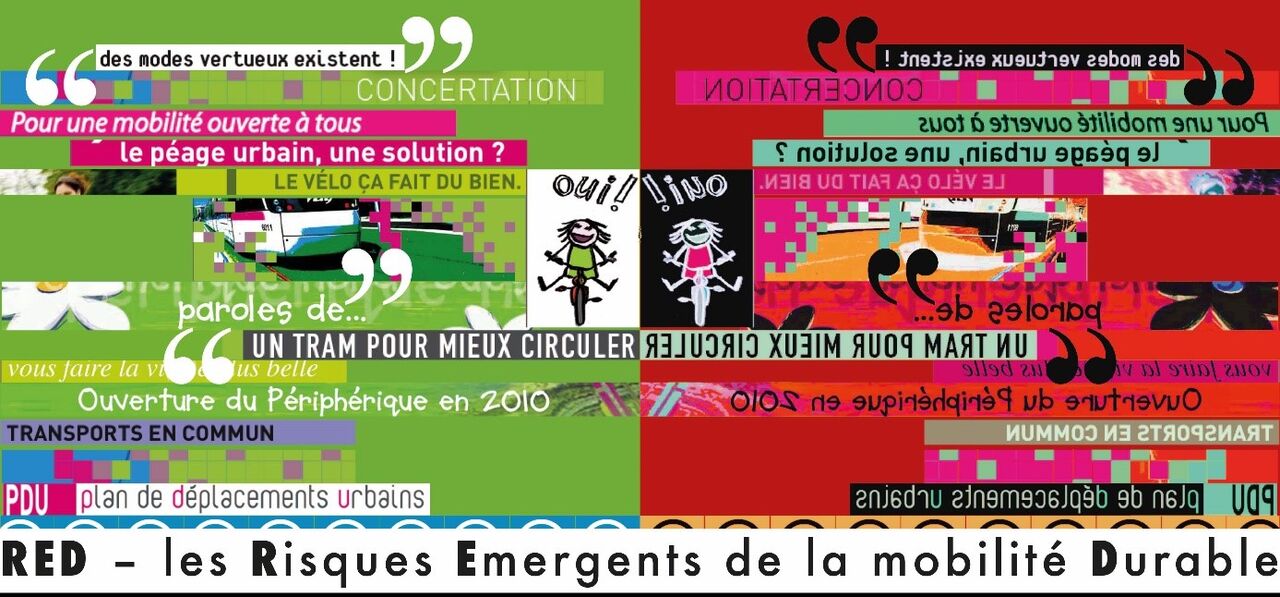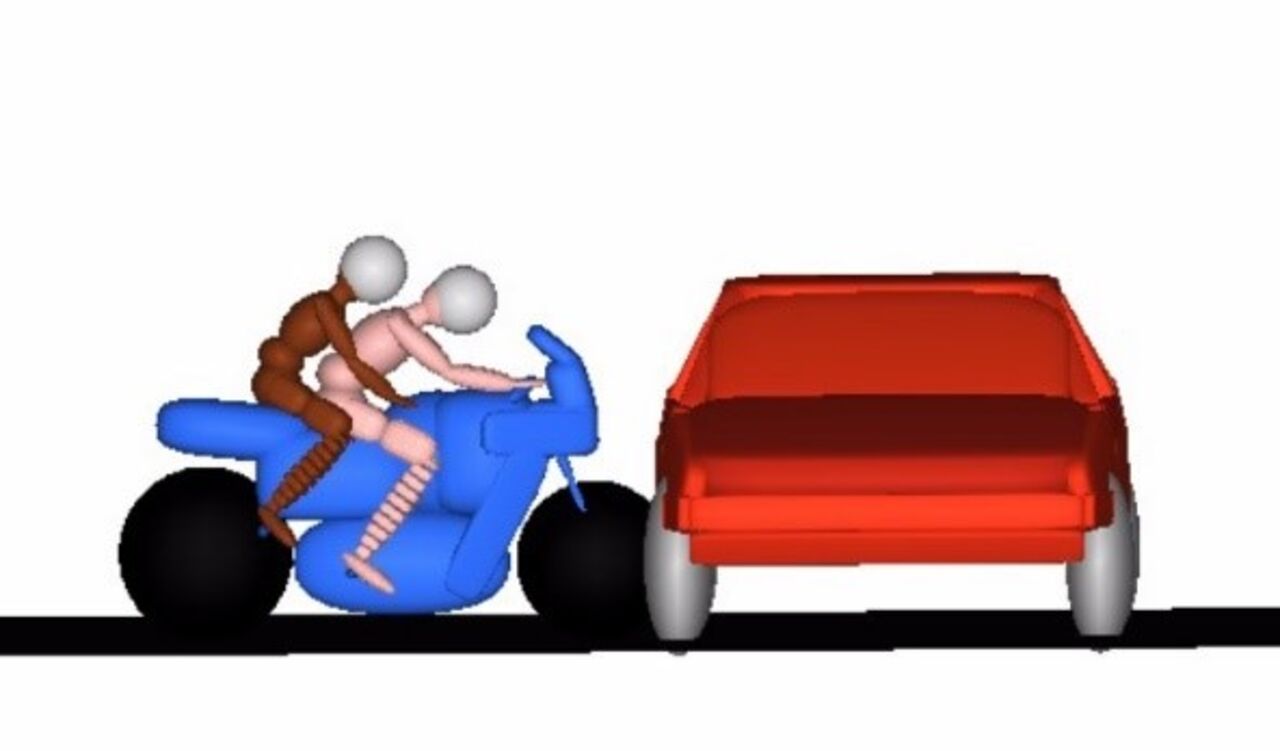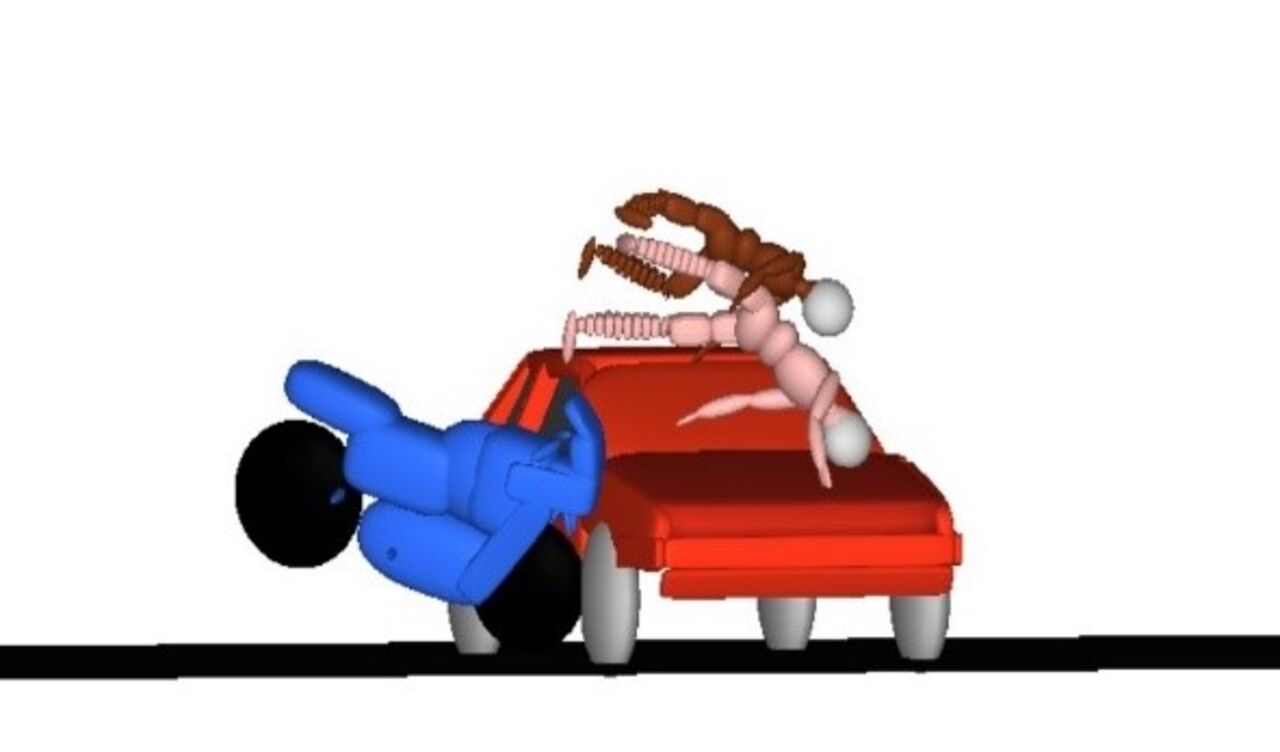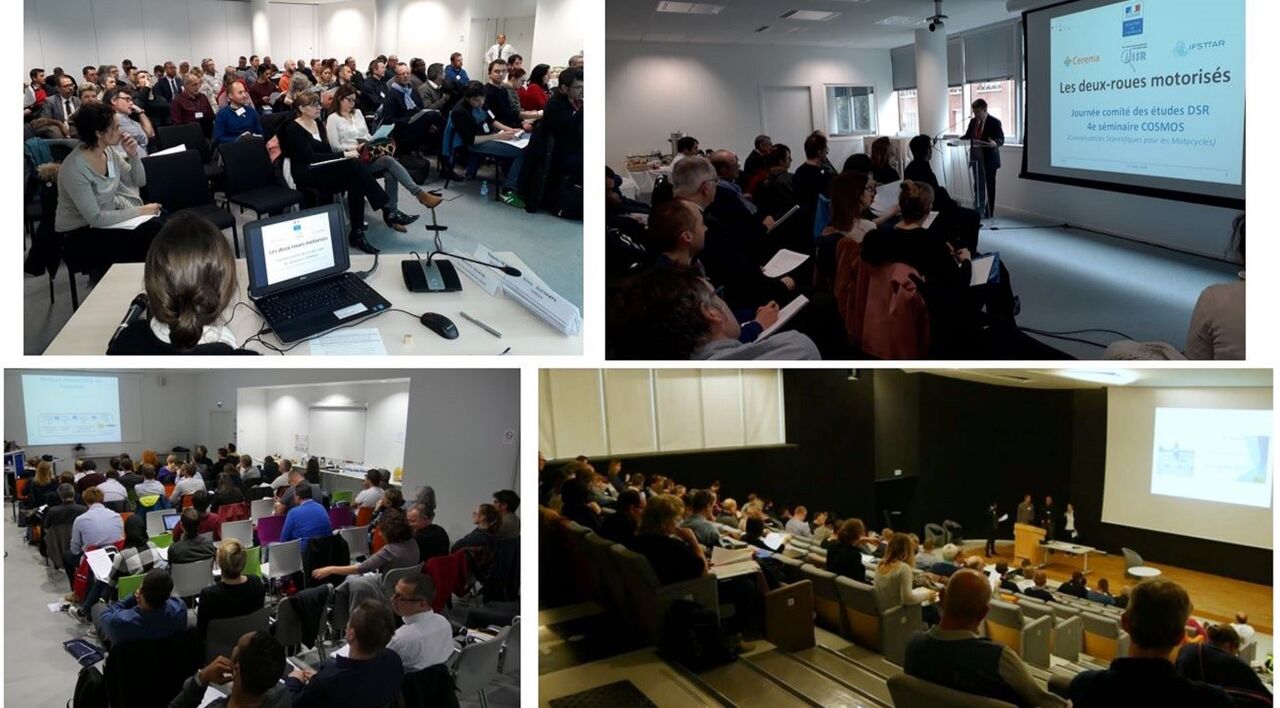Reference

Enhancing the safety and ergonomics of travel, for worry-free mobility that safeguards human life
Mobility is constantly changing, with consequences for safety and ergonomics. New ways of reducing transport accidents have been identified that take account of changes in travel practices.
With regard to the safety of motorised two-wheelers, work has been carried out to improve the modelling of human phenomena. A model and a tool for assessing motorcyclists' behaviour and injury risk have been developed and validated by comparing them with real data. This has made it possible to improve our understanding of what occurs both before and after an accident. Based on the study of motorcyclists' behaviour and their accidents, new knowledge has been shared and innovative prevention and protection systems have been designed.
Risks related to new forms of mobility
Urban policies for sustainable mobility, which are justified in view of the need for an environmental transition, lead to new malfunctions and risks to which little attention is paid. These issues are linked to new forms of planning, the development of new practices and the spatially selective approach to development. The RED project aimed to increase our understanding of these risks and identify the organisational and political factors that hinder their consideration in the context of land-use management.
The research shows the continued survival of the automotive system despite measures to support sustainable mobility. Planning often seems to focus on improving the living environment and economic attractiveness.
The spaces created for exclusive right-of-way public transport generate new types of accident. Nevertheless, in streets with tramlines, the number of accidents is falling, mainly due to the drop in car traffic. However, no improvement has been observed at conurbation level.
The increased use of motorised two-wheeled vehicles, encouraged by the reduced role of the car, generally has a negative impact on safety.
Spatial ergonomics studies show that the socio-spatial characteristics of the place of residence have a strong influence on access to resources and the ability of residents to change the transport modes they use.
This project, funded by the ANR and led by the LIEU laboratory at Aix-Marseille Université, brought together teams from IFSTTAR (Accident Mechanisms Laboratory (LMA) in Department TS2) and the Universities of Strasbourg and Caen from 2014 to 2019. It will lead to the publication of a book in 2020.
The vulnerability of passengers on motorised two-wheelers
It is now recognised that the risk exposure of motorised two wheeler users is extremely high compared to other groups of road users. So far, epidemiological studies and accident analysis in this field have focused mainly on the drivers of motorised two-wheeler users. This is also the case for normative aspects and for the technological development of protective equipment.
An initial parametric numerical study conducted at the LBA (Laboratory of Biomechanics and Applications - UMR IFSTTAR/Aix Marseille University) on driver and passenger kinematics, for the most frequently observed impact scenario, provided some very unexpected results. After evaluating the performance of the model, based on data from the literature, we observed that the driver’s presence increases the distance the passenger is projected, acting as a launching pad. Head-to-ground impact speeds are on average higher for the passenger than the driver. The driver's kinematics are also modified by the presence of a passenger. These results raise many questions: for a given accident situation: what difference will there be in injury risk exposure between the driver and a passenger, or between a driver with or without a passenger? How effective are protective devices for passengers? What is the influence of the vehicle and the occupants' posture on risk exposure?
Full-scale tests have been conducted which allowed us to determine the kinematics of the driver and the passenger in a motorcycle crash. Likewise, we were able to assess the levels of acceleration experienced by the passenger.
Scientific Knowledge for Motorcycles (COSMOS)
Faced with the scale of the road safety impacts of motorised two-wheeler accidents, the objective of the COSMOS project was to bring together and promote the dissemination of scientific and technical knowledge on all issues relating to motorised two-wheelers and their safety. This project was jointly led by IFSTTAR/TS2/LMA (Laboratory of Accident Mechanism Analysis) and CEREMA with the support of the DSR (Délégation à la sécurité routière) with the aim of providing public policy support.
Five multidisciplinary seminars have been organised since 2016 in Paris (June 2016), Lyon (November 2016), Marne-la-Vallée (October 2017), Paris (March 2018) and Aix-en-Provence (November 2018). They have provided an opportunity to showcase a variety of ongoing or completed research projects. These events provided a forum for discussions between the participants and an opportunity for experts to state their research needs. A final symposium brought together more than 110 participants on 4 and 5 November 2019 in Marne-la-Vallée. This French-speaking symposium, which was closed by Mrs Manuelle Salathé from the DSR, provided an opportunity to present 20 oral papers and 10 poster papers by researchers, manufacturers, insurance companies, experts, local and regional authorities, or ministries, on various topics such as accident analysis, protective equipment, training, perception, safety policies, use of infrastructures, vehicles, user behaviour, etc. The conference proceedings will be published in 2020.
